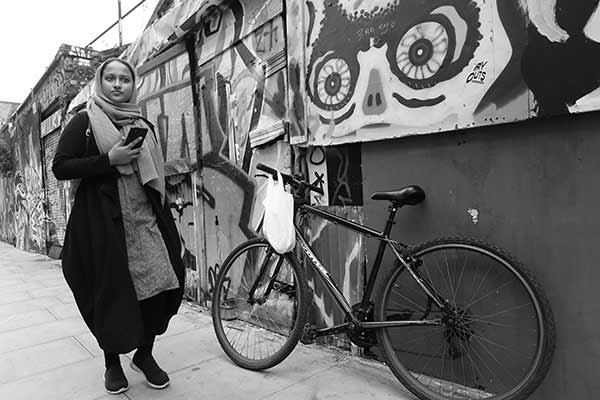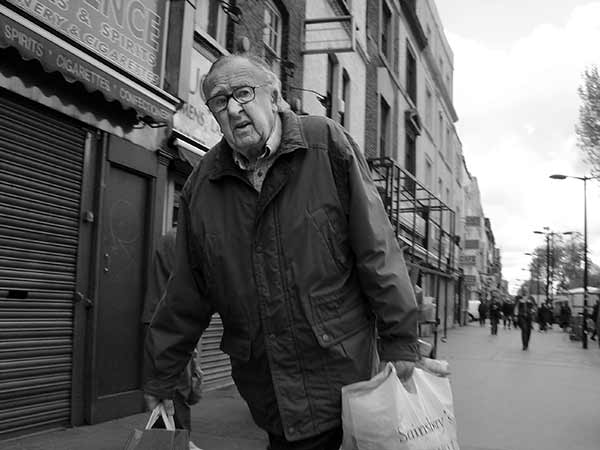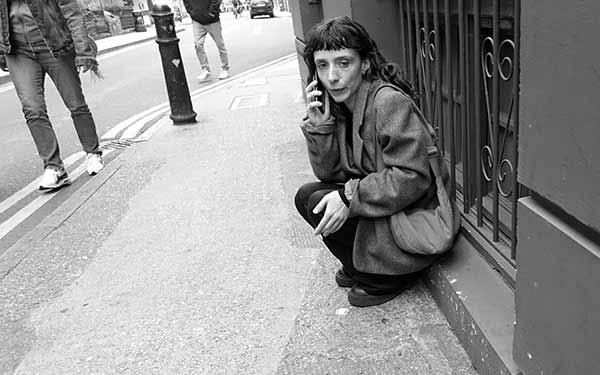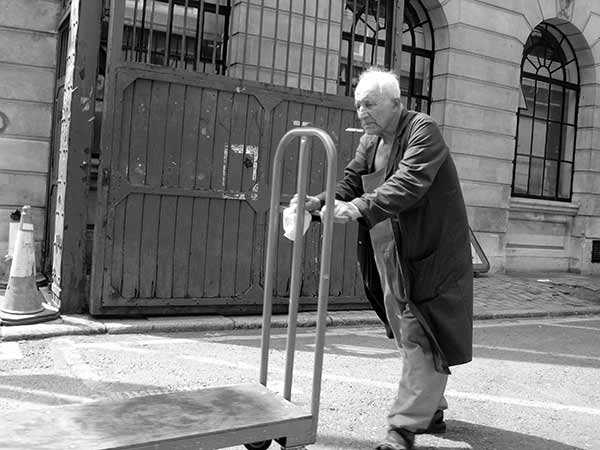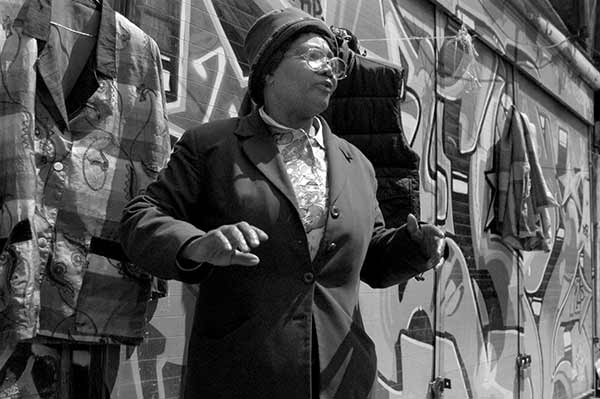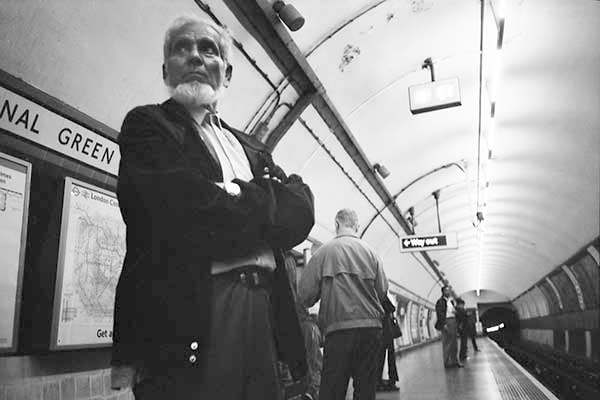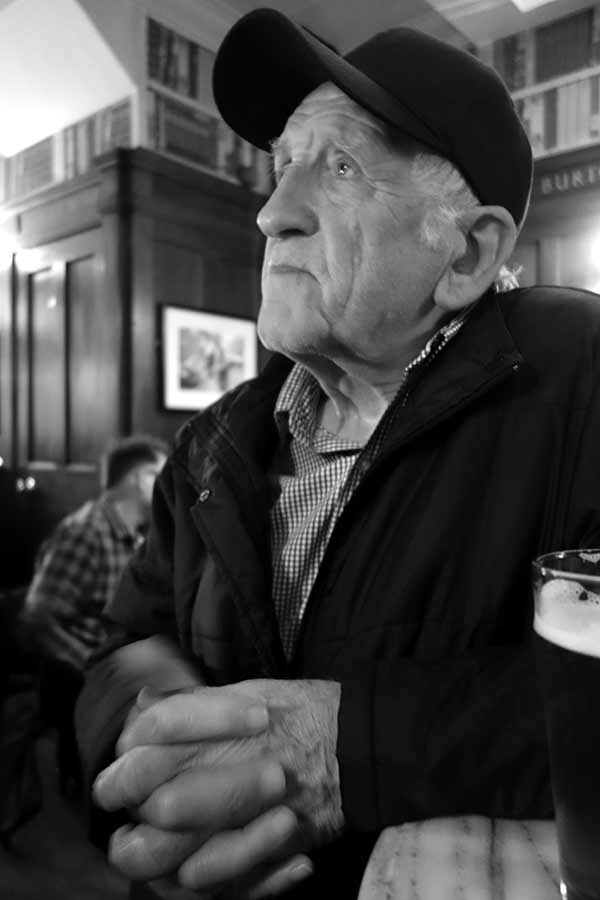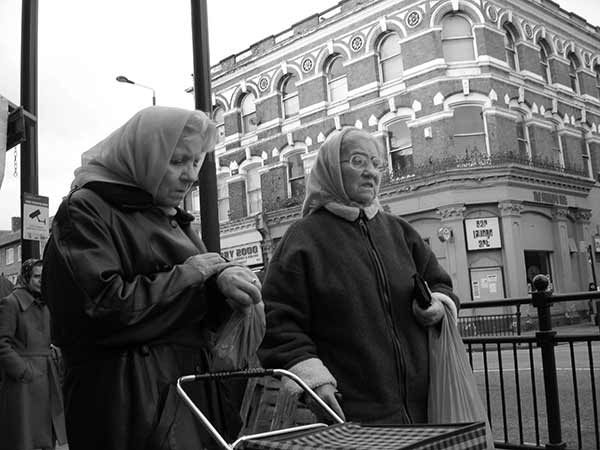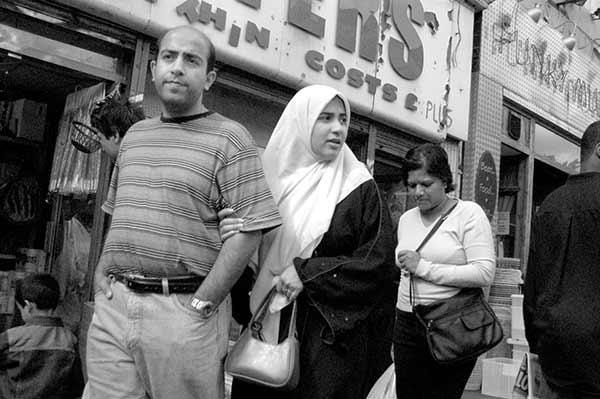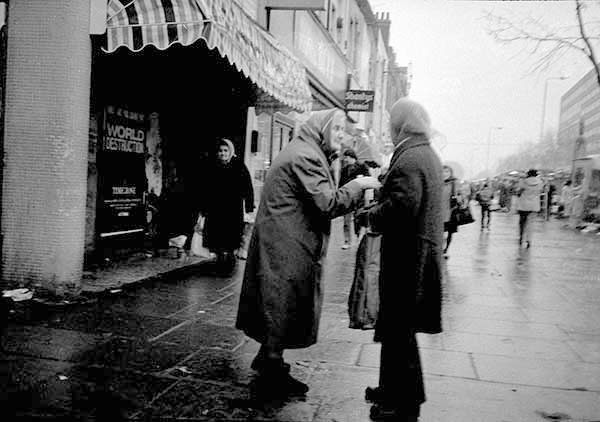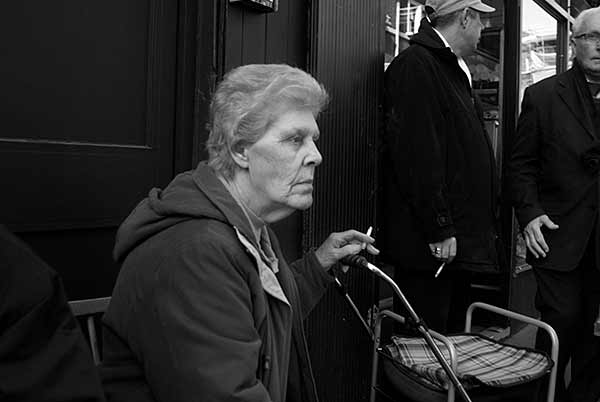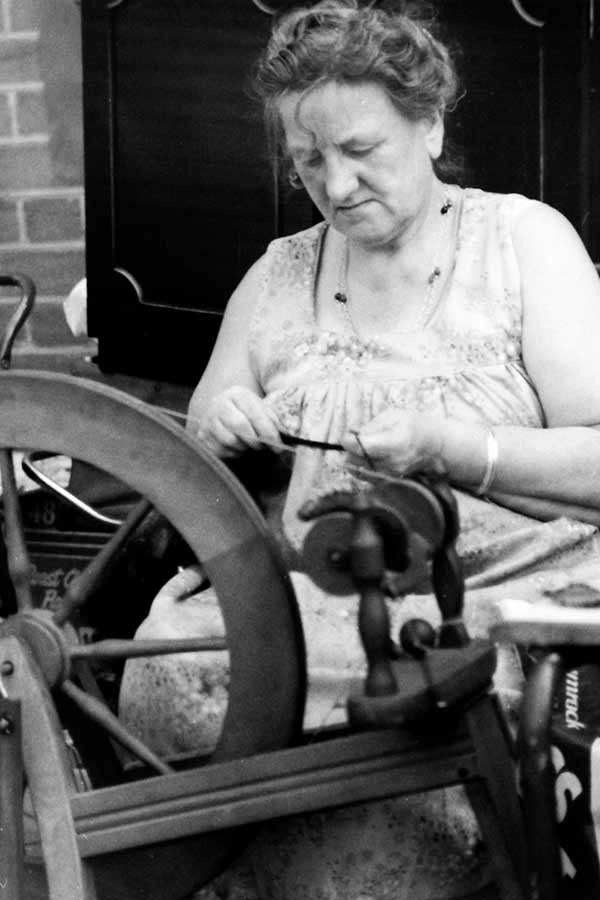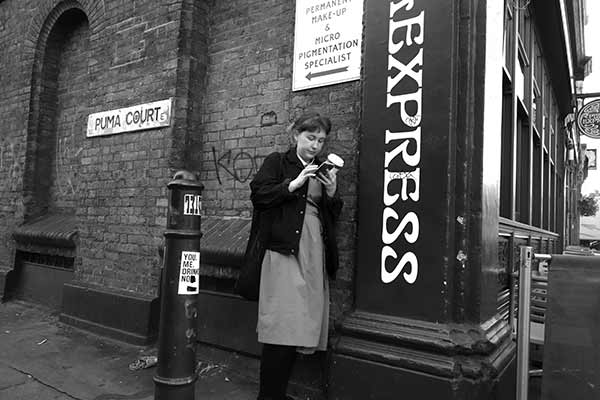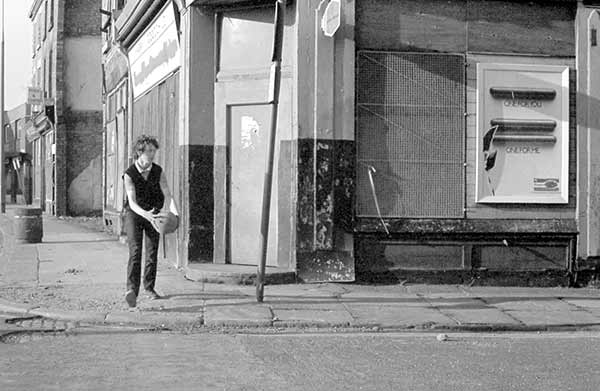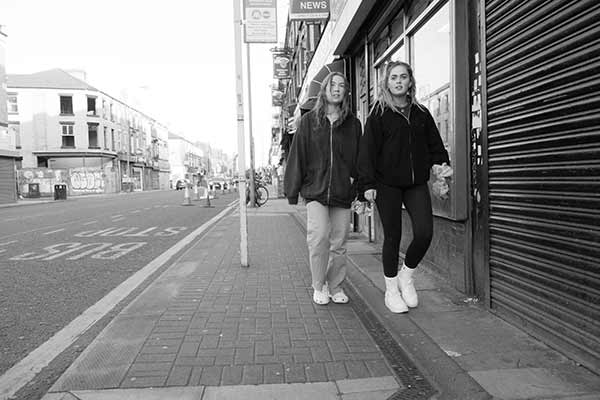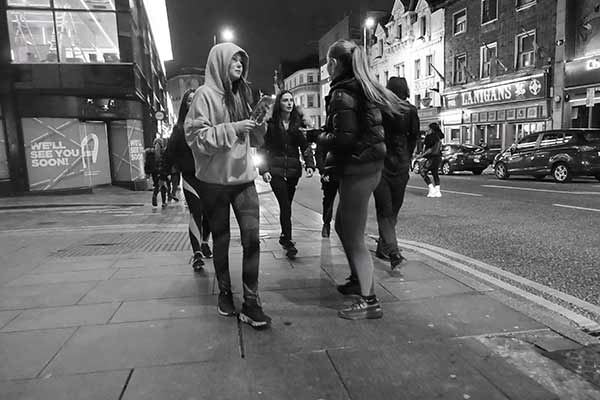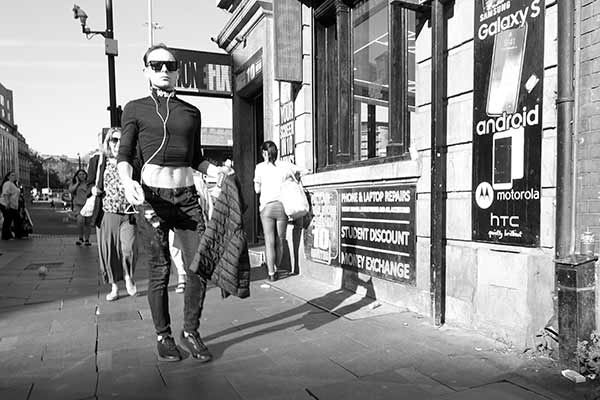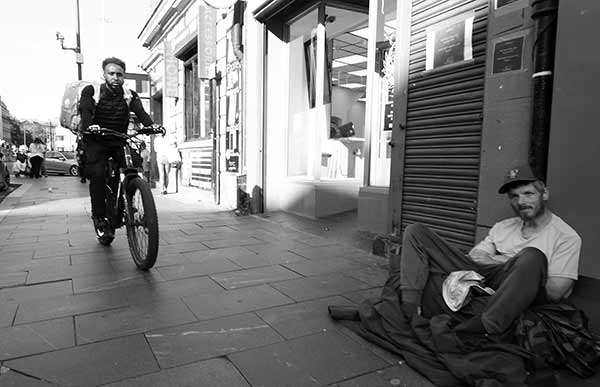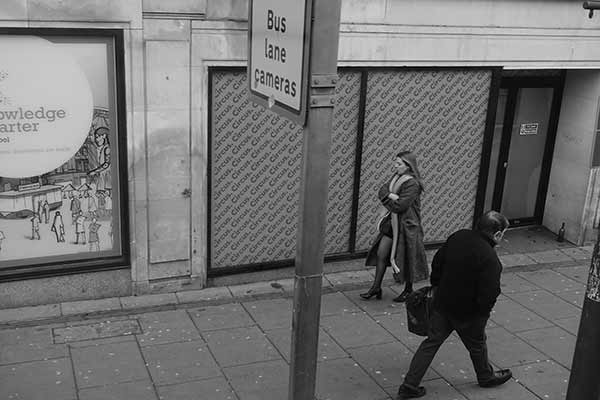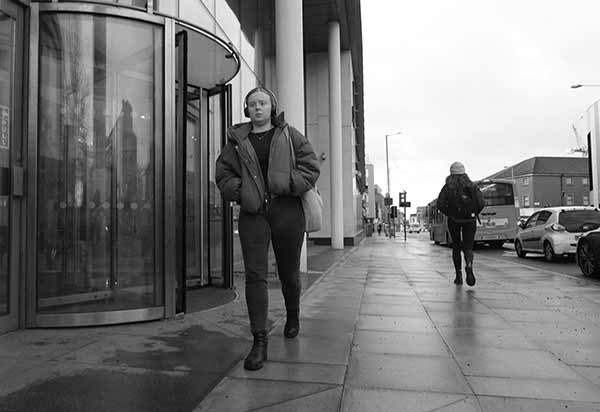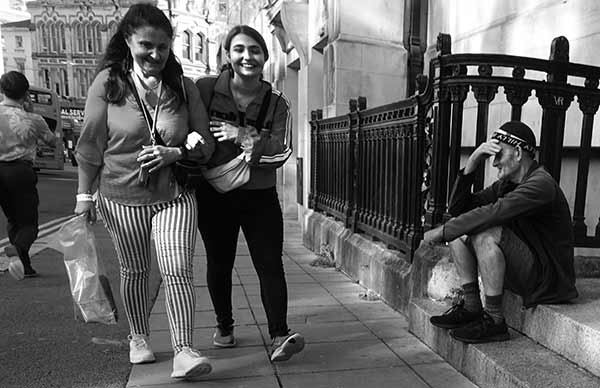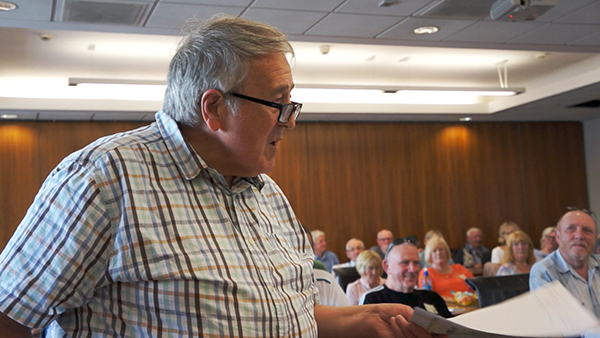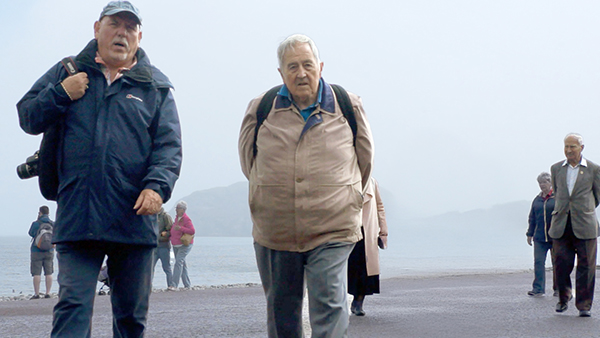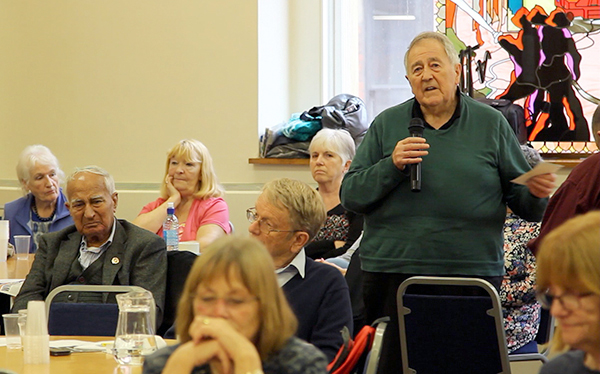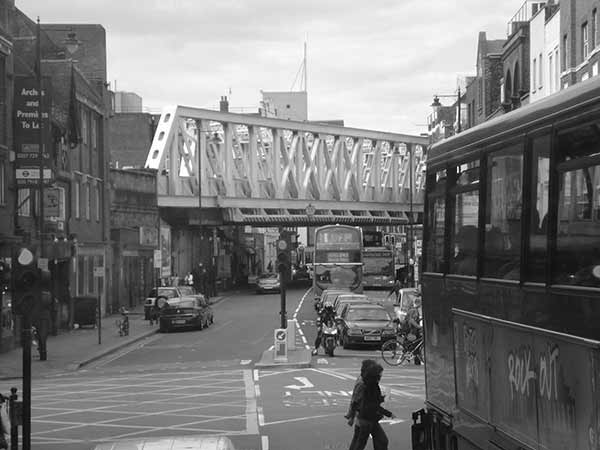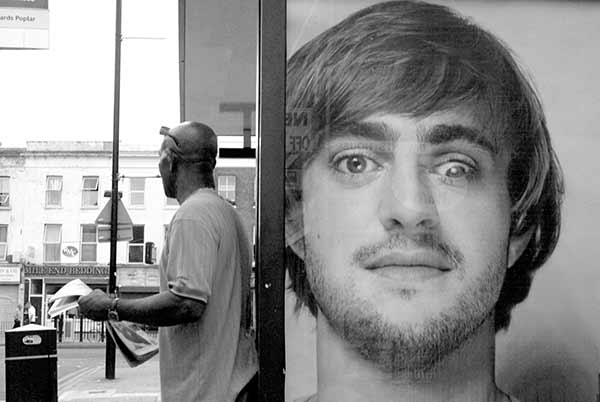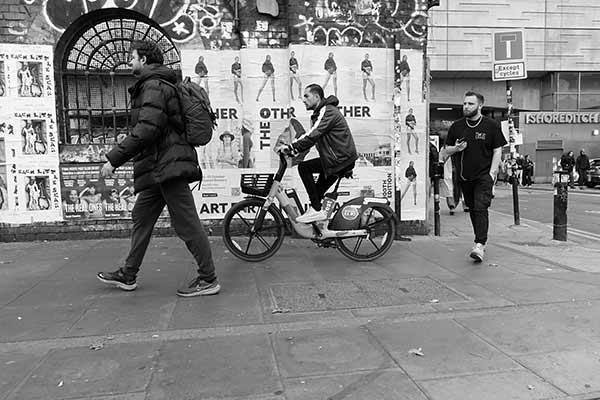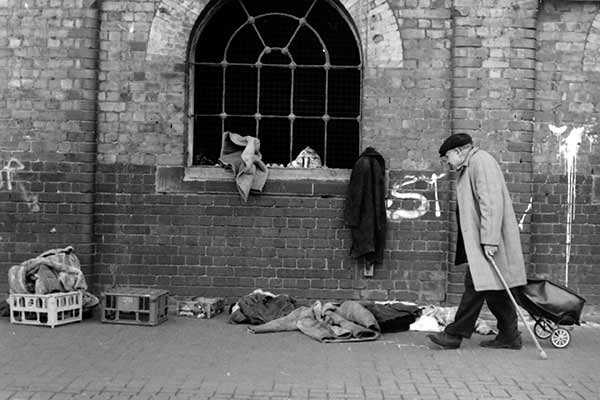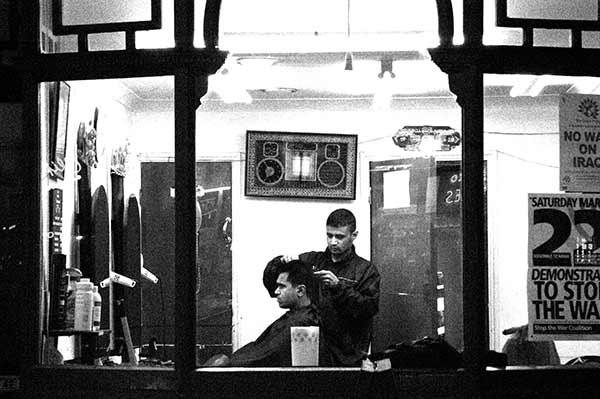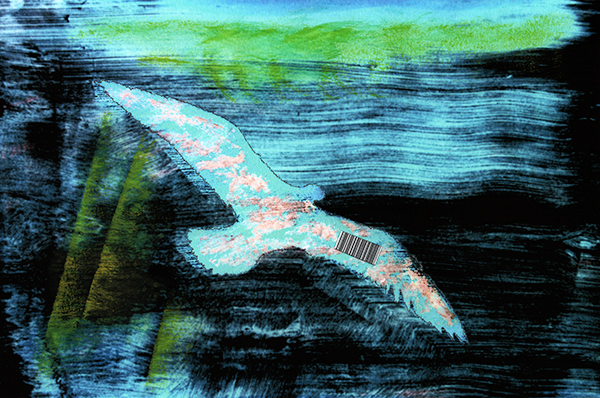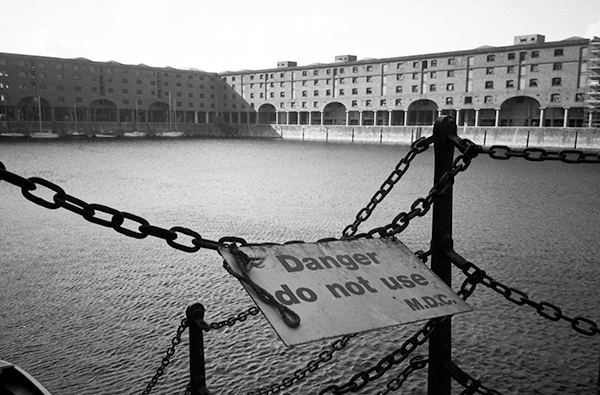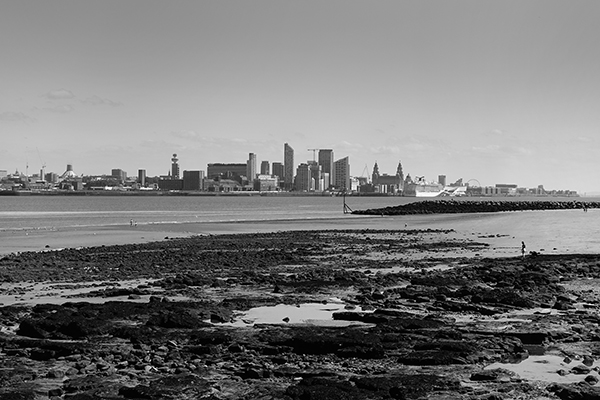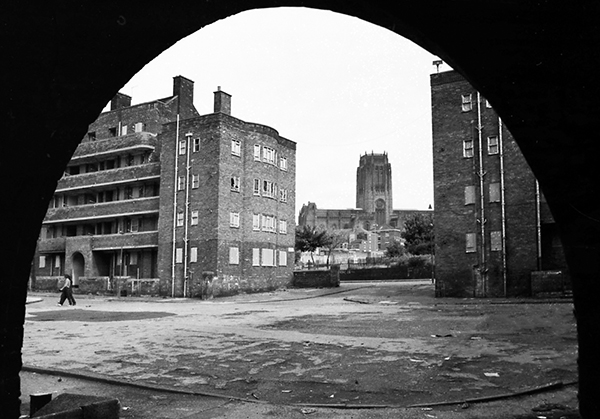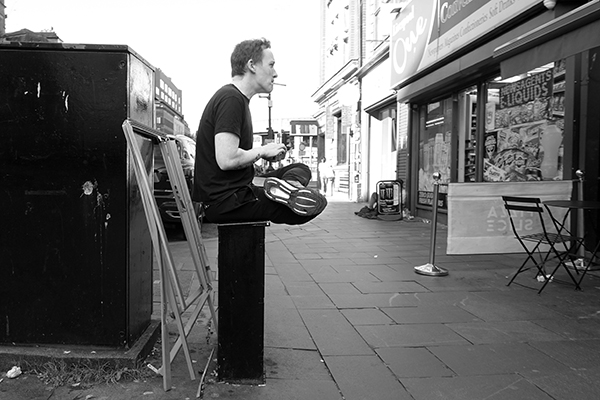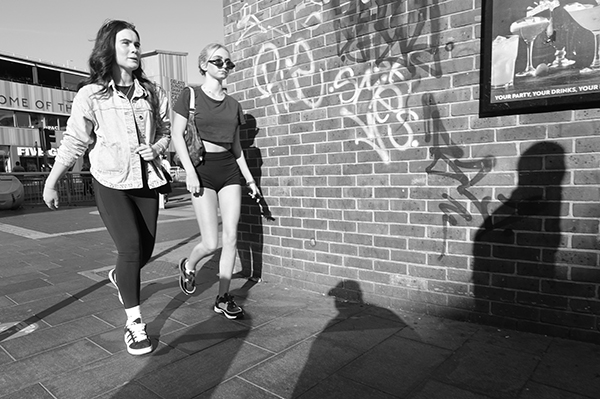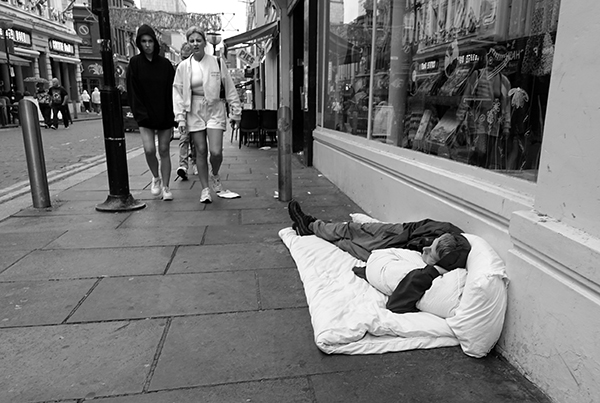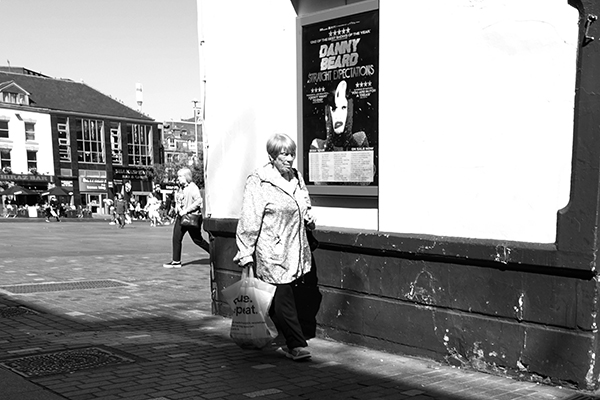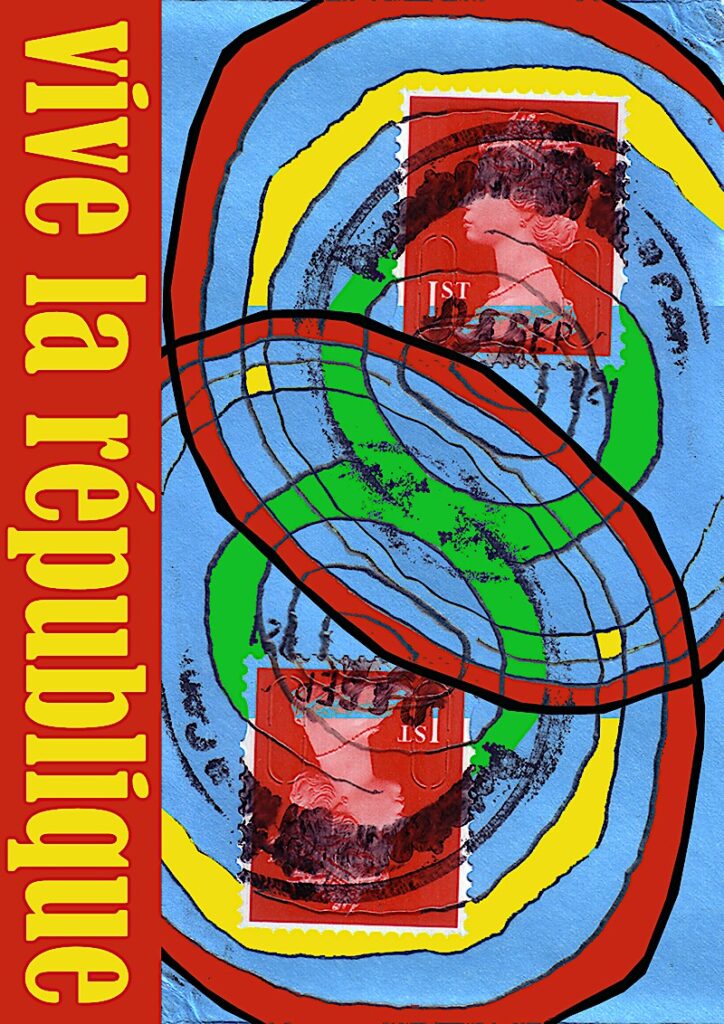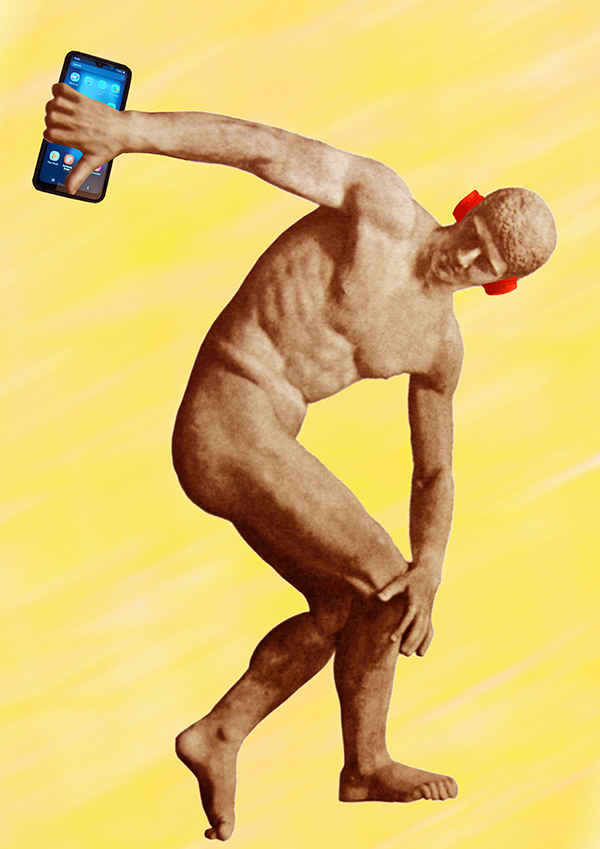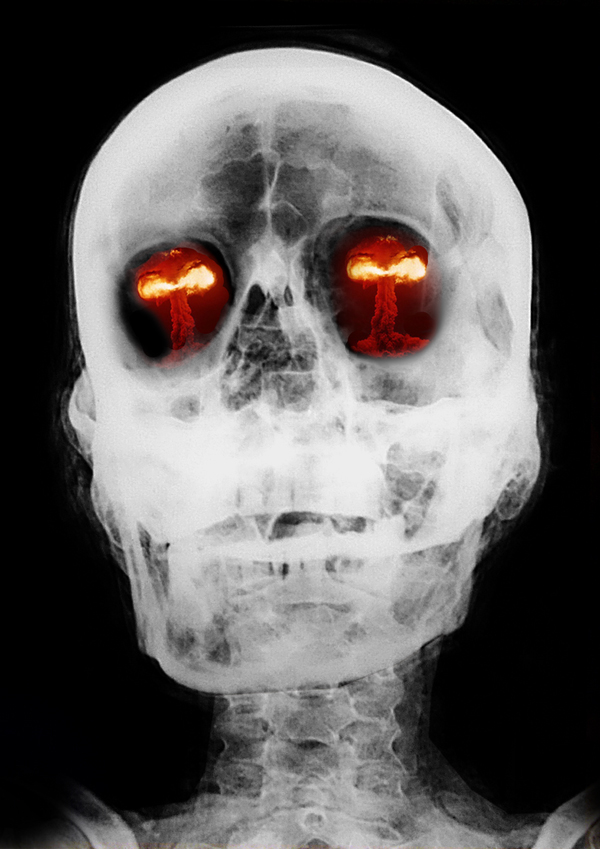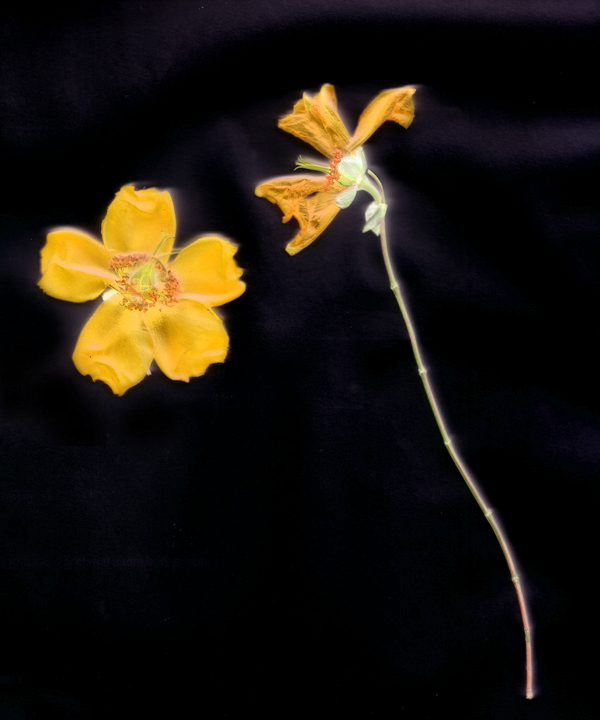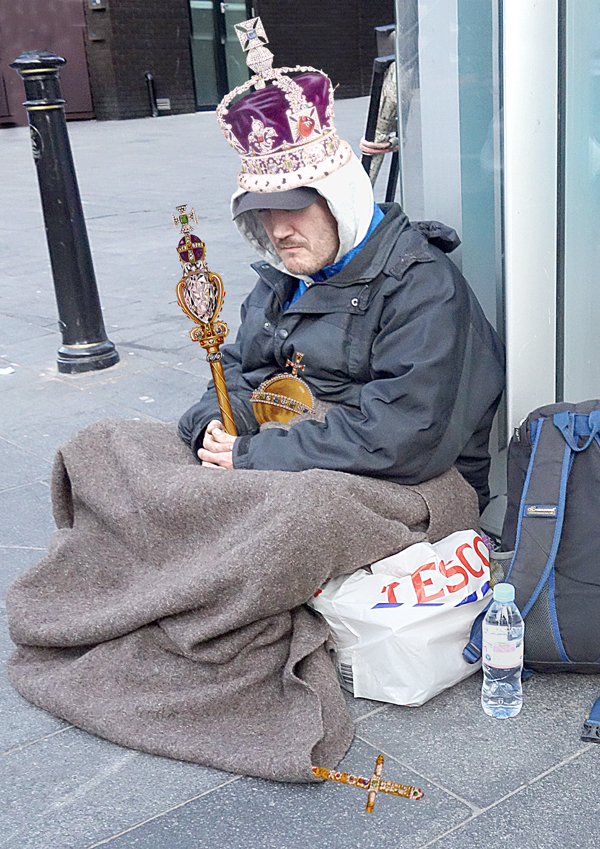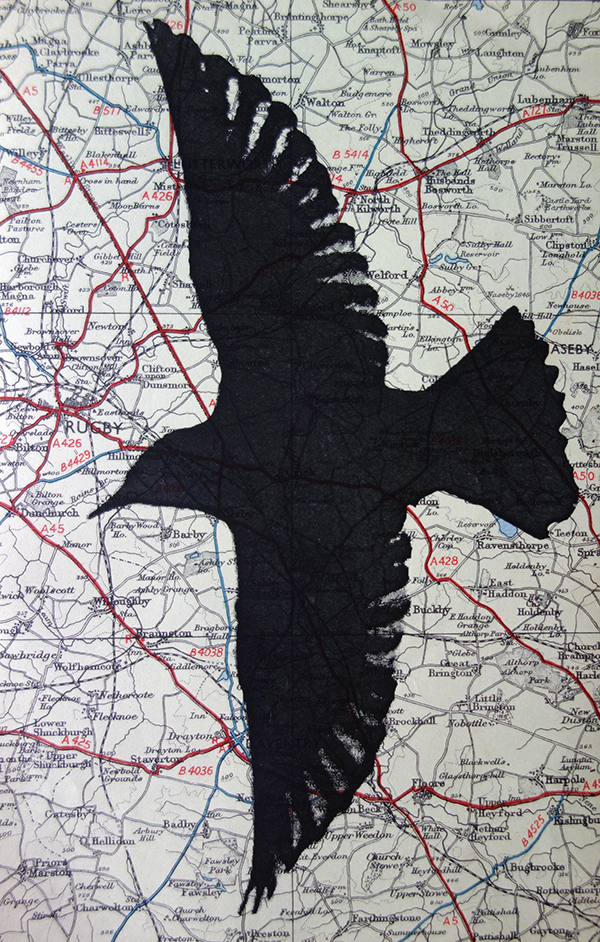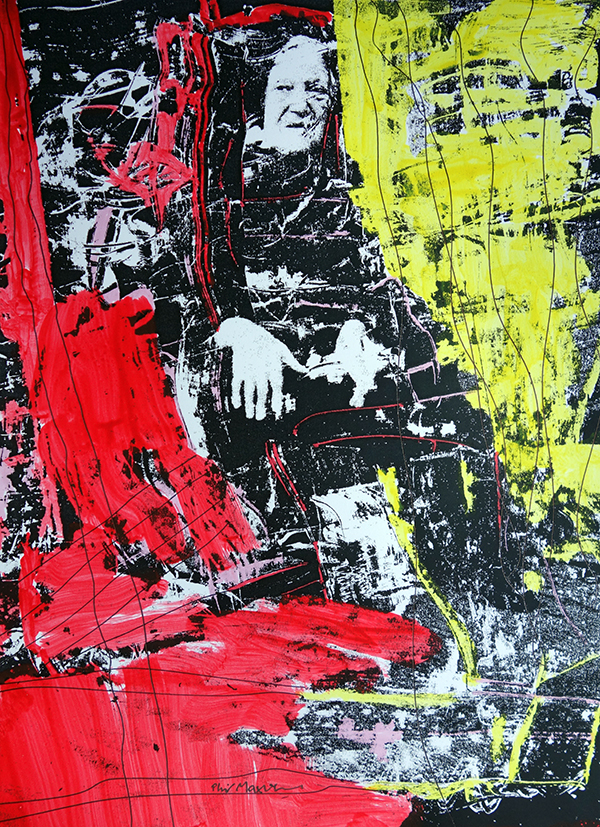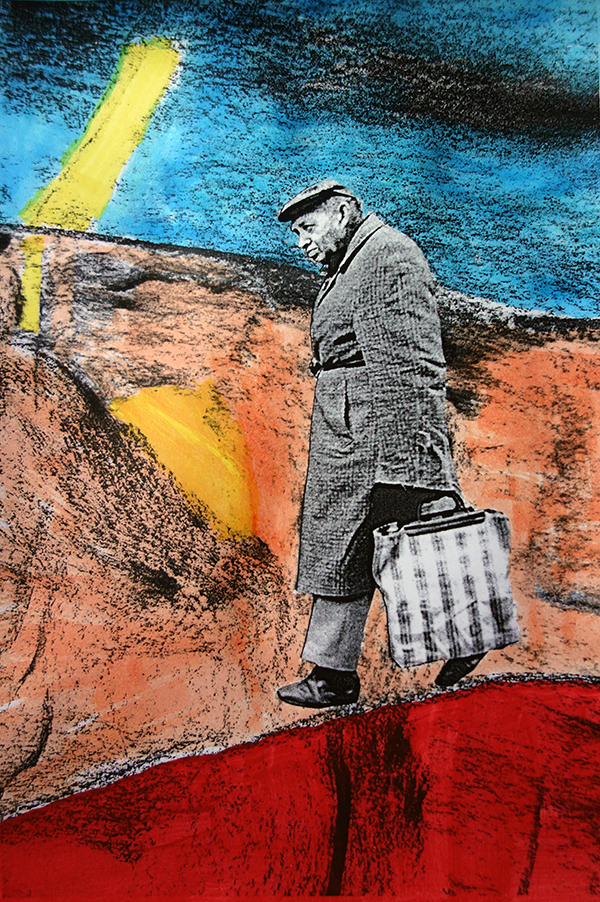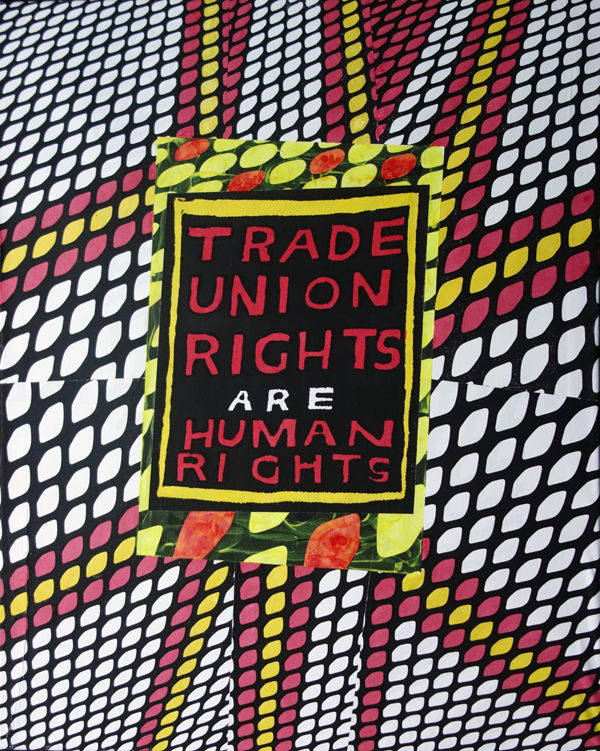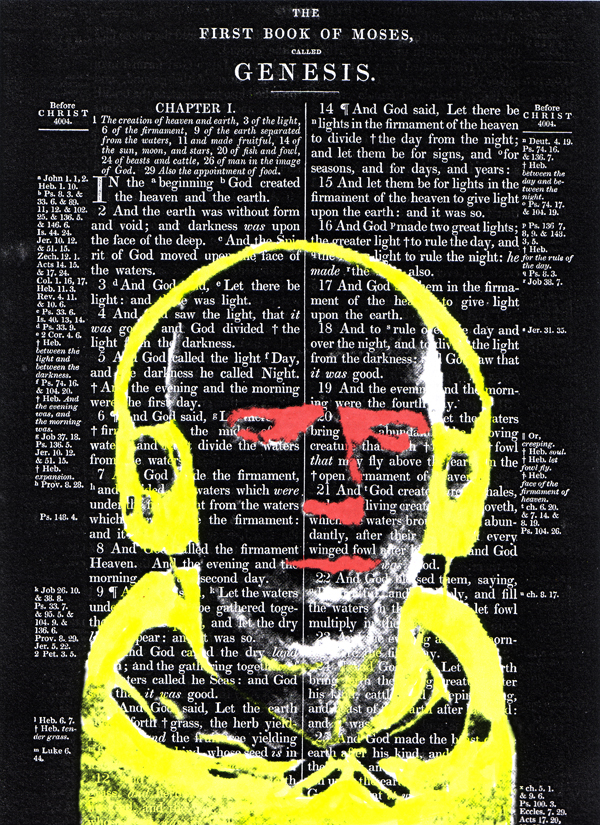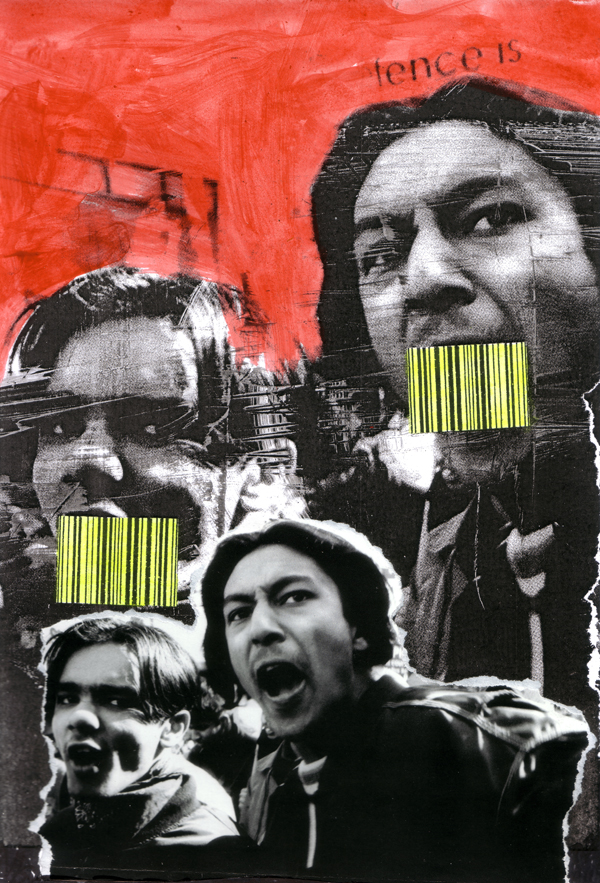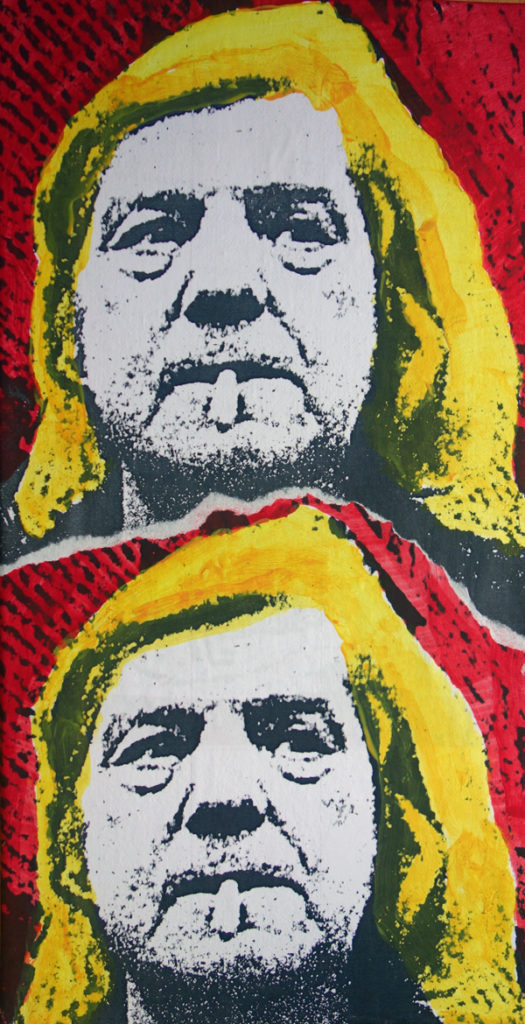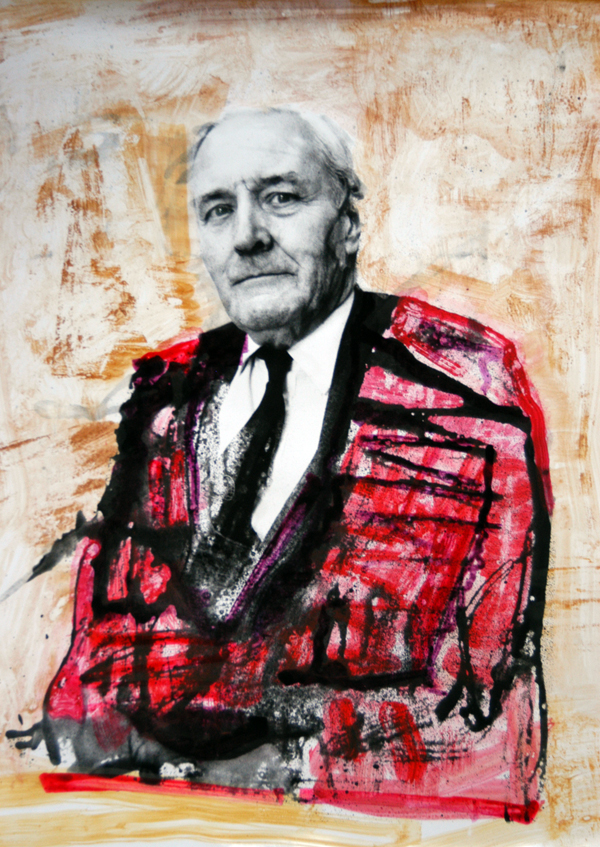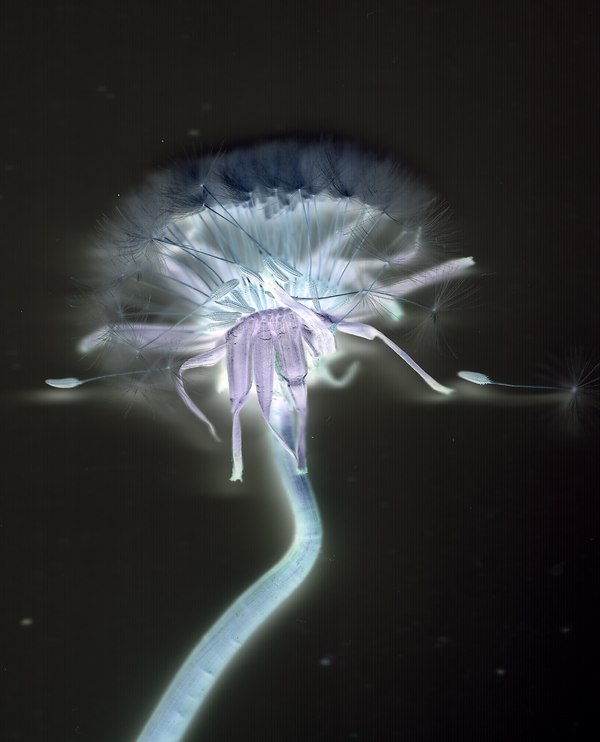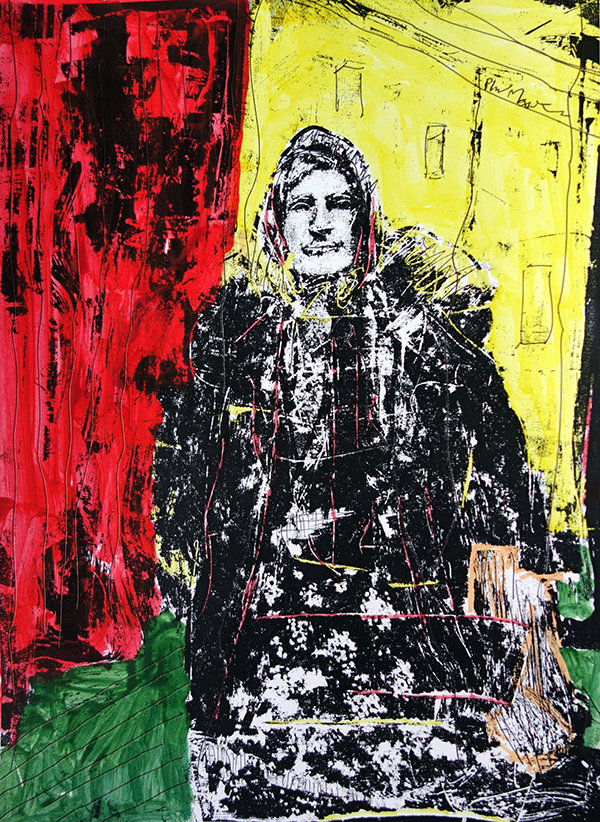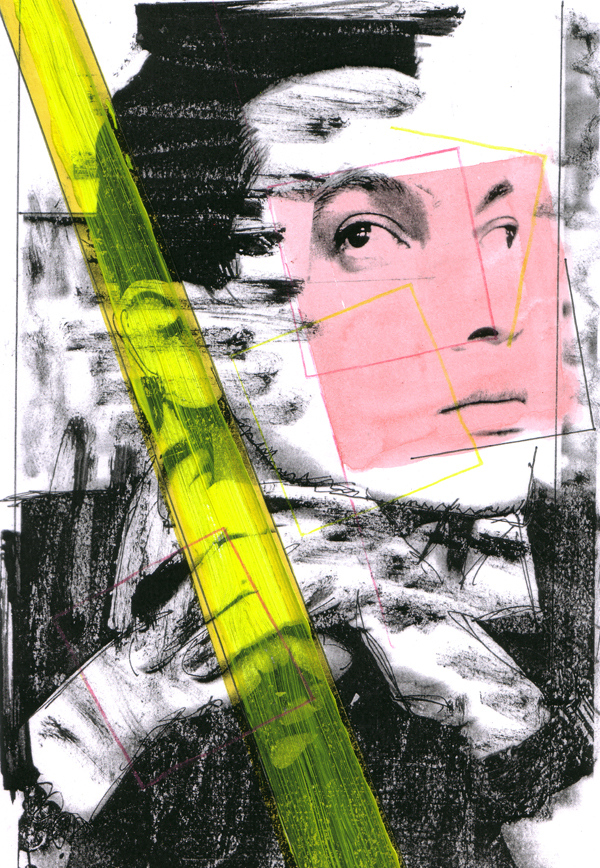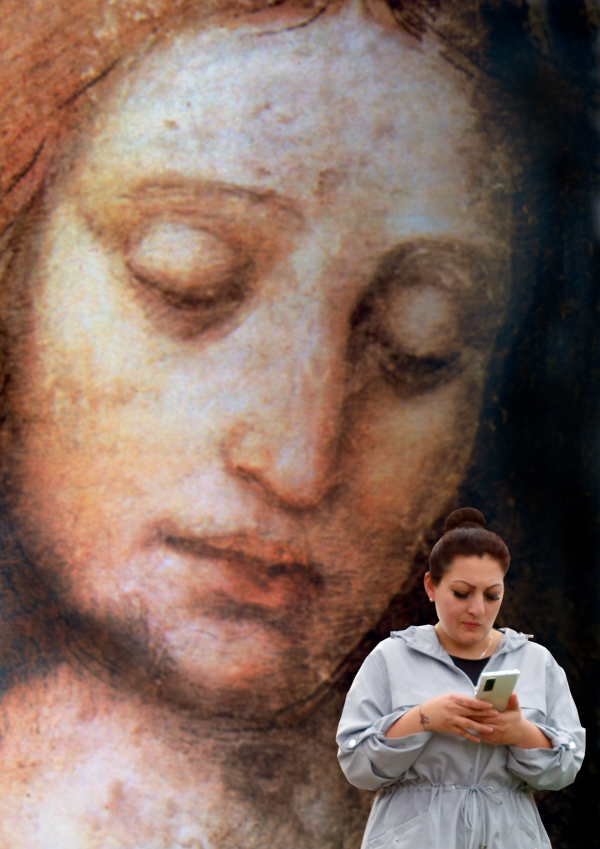Around East London (26)
Around East London (25)
Around Liverpool (63)
Terry Harrison 1939 – 2024

Terry Harrison was born in 1939 a few months before the outbreak of the Second World War. He grew up in the Anfield area of Liverpool with his mother, May, a seamstress and his grandfather who was a tailor. His father, William, had been a sargeant in the Liverpool Scottish Regiment but left the army before the war to work as a ‘ Bevan Boy’ in the coal mines during the war years. Unfortunately, Terry’s parents seperated when he was very young, and he had an estranged relationship with his father until later in life. He eventually reconnected with his father and was delighted to meet his two sisters, Lynne and Constance, from his father’s subsequent marriage, remaining close to them throughout his life.
Tragically Terry’s mother passed away when he was still a teenager, leaving him homeless. He was taken in by his Auntie Agg and couisin Peggy, who gave him a home and supported him during those difficult years. Terry remained close to them throughout his life, always grateful for their generosity and the stability they offered him in such a challenging time.
I met Terry and Marie Harrison for the first time at a rally at the Adephi Hotel for the election of Jeremy Corbyn as leader of the Labour Party. When it came time for questions towards the end of the rally Marie signalled her intention to ask a question. She held her hand up for a long time before she was called. I dont recall the question she asked but I remember vividly her contribution where she basically handed to Corbyn a radical socialist manifesto which attracted a huge round of applause from the packed meeting. I was later to become a friend of them both when I joined the Merseyside Pensioners Association and I soon realised that the MPA was not just a talking shop but a serious campaigning organisation. At that time Marie was the secretary sitting at the front of the meeting so I would often find myself next to Terry who would also be sitting next to Tony Mulhearn and Audrey White.

Once I remember enthusing to Terry about how comradely and welcoming the MPA was; this amused him because he told me that if you were in the same room with these pensioners, 30 years in the past, everyone would be arguing with each other! Terry had an expansive knowledge of Labour history and was a great communicator. Those skills were tested in 1960 when he was elected secretary of the apprentices’ strike committee on Merseyside. The strikes involved 100,000 apprentices nationwide, with a leading role played by Liverpool and Clydeside. As a Marxist and natural organiser he played a leading role in the dispute against the bosses and trade union bureaucracy. His memoir ‘Serving My Time’ outlines his experiences as an apprentice boilermaker.
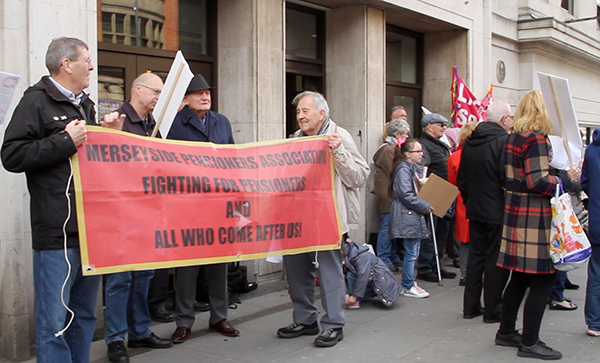
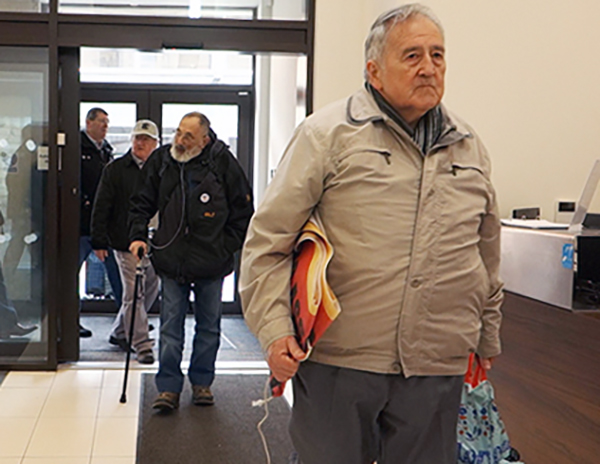
Terry began his apprenticeship as a boilermaker. In 2017 Terry was a guest speaker at a meeting commemorating the 100th anniversary of the Russian revolution where he outlined the significance of the apprentices’ strike and other elements of Labour history he had direct experience of.
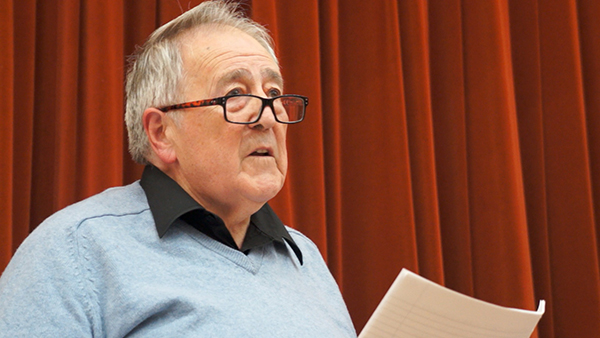
Terry was a founding member of the Militant and played a key role in building the organisation on Merseyside. He became a full time organiser and was a great advocate and propagandist for the 47 Liverpool Labour Councillors who stood up to the austerity policies of the Thatcher government. In the 1980s the Tory government cut local government expenditure across the UK. Councillors in Liverpool refused to implement the cuts and instead improved the lives of the people of Liverpool by building thousands of council homes and creating jobs. Terry played a leading role – as vice president of the Liverpool District Labour Party during this period and was expelled from Labour in 1986.
The Council created parks, demolished slums and established nurseries. This happened at a time when the city was in the grip of economic depression with youth unemployment as high as 90% in some areas. The government initiated a policy of “managed decline” for Liverpool. Despite this there was widespread discussion in the city about what to do to defend it. The District Labour Party, with the participation of delegates from Trade Unions, youth and community organisations and Liverpool MPs decided to resist the government and defend the people of Liverpool.
The 47 councillors recognised the response of councillors in Poplar (now the London borough of Tower Hamlets) in 1921 to a similar situation. Poplar was faced with the prospect of a huge increase in the rates but decided to hold them down by not collecting the precepts. The councillors clashed with a decision of the High Court ordering them to implement the rate increases. Instead they organised a procession of thousands of supporters under the banner reading “Poplar Borough Council marching to the High Court and possibly to prison”. Thirty councillors, including six women were sent to prison for contempt of court. Under the leadership of George Lansbury the councillors adopted the slogan “Better to break the law than break the poor”.
The 47 embraced the same slogan for their struggle. The Poplar revolt received wide public support. Lansbury addressed crowds that regularly gathered outside, through the prison bars. Neighbouring councils threatened to take similar action. Trade unions passed resolutions of support and collected funds for the councillors’ families. After six weeks’ imprisonment, the court responded to public opinion and released the councillors.
Terry toured the UK and abroad talking about the Liverpool struggle and raising funds and solidarity for the struggle.
In the 1990s Terry gained an MA and started teaching where his humanity and advocacy for those on the fringes of society came to the fore. He worked in a specialist unit for children who were facing exclusion from mainstream education. He was highly regarded by his pupils who saw him as an ally and mentor. His colleagues noted that he never raised his voice in the classroom and was always available to assist his pupils in any way he could.



Terry was a life long activist up until the time before he became ill with dimentia in 2020. His status as a giant in the Labour movement was evident at his funeral which was held on 29 October and was overflowing with friends and comrades alongside his wife Marie, children Davy and Rachel and grandchildren Owen and Ian. His dedication to the cause of Labour and his internationalism, wisdom and wit will not be forgotten.
Many thanks to Marie, Davy and Rachel for their assistance with this obituary.
A celebration of the lives of Kevin Bean and Terry Harrison will be held on Friday 24th January 2025, from 6.00pm at the Casa Bar, Hope Street, Liverpool L1 9BP. All welcome.
Around East London (24)
Climate Change, Birds and Humans
The seagull in this image is a metaphor for what is happening to the climate in the world today. Although they appear to be thriving research has shown seagulls to be in rapid decline. In the UK they are on the red list – the highest level – for British bird species of concern, because their population has dropped by 72% in 55 years!
When I made this work I imagined the bird flying over Pacific Islands where climate change is an existential threat to the people living there that could lead to the risk of displacement and migration. This ‘forced’ migration means the loss of ancestral homelands, unique and lasting ties to land, and vital cultural identities.
It’s estimated that 49 million people in East Asia and the Pacific will be forced to flee their homes due to climate change by 2050.
It’s our world economic system – capitalism – that has brought this about. It’s a system that knows the price of everything but the value of nothing – hence the bar code on the seagulls wing.
Around Liverpool (62)
If you want to arrange a visit to see Phil Maxwell’s studio and gallery then email: maxwellphotouk@yahoo.co.uk.
